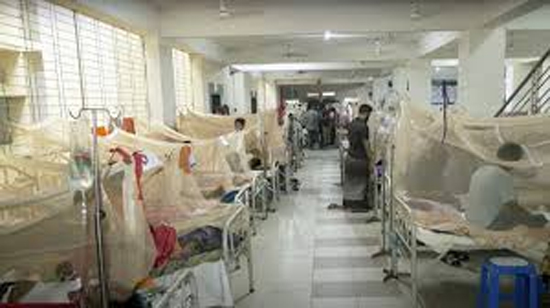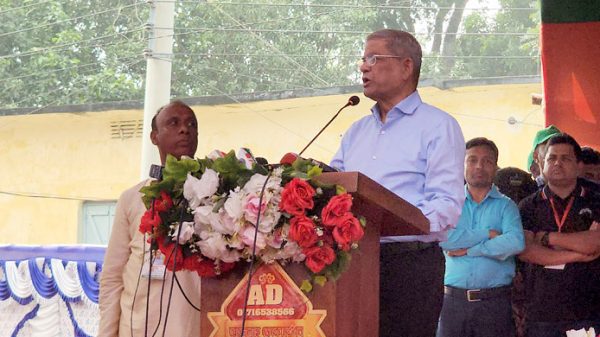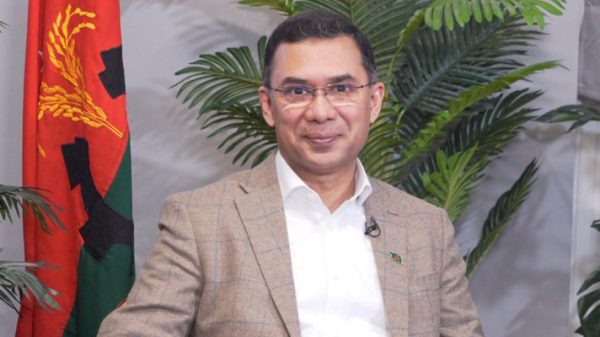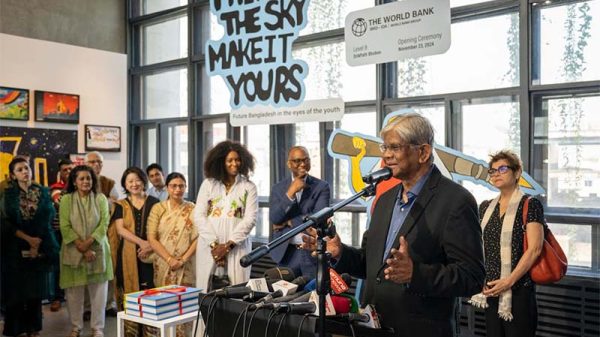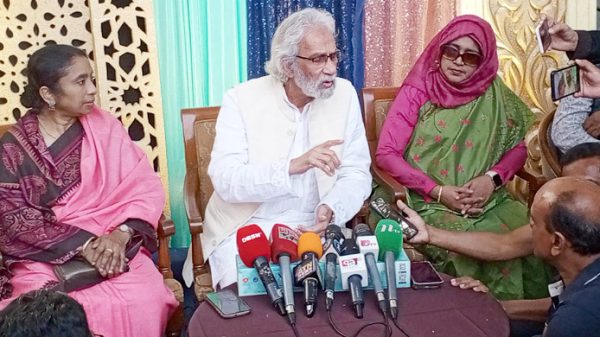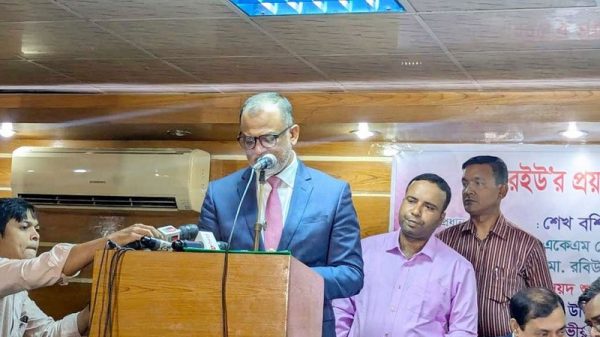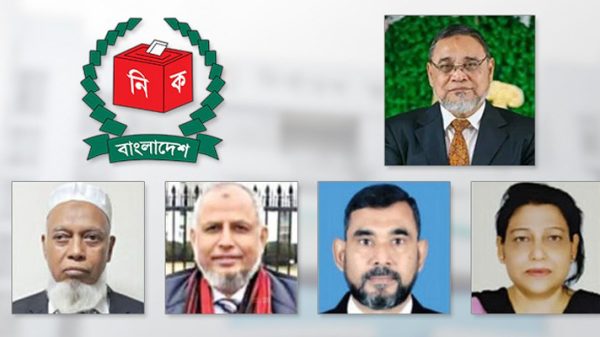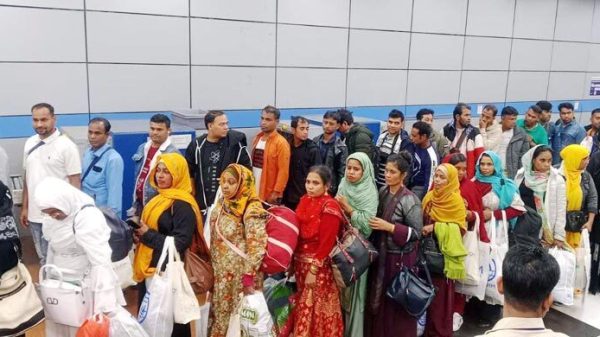Rising loan dependency and shrinking savings due to income disparity: Insights from BBS survey

- Update Time : Thursday, 28 December, 2023, 03:43 pm
- 93 Time View

Online Desk: The 2022 Household, Income and Expenditure Survey (HIES) has uncovered that approximately 37% of households resorted to borrowing from financial entities, NGOs, or acquaintances during January-December 2022 to meet their expenses.
This figure marks a notable increase from 29.70% in 2016 and 32.03% in 2010. Rural areas showed a higher tendency towards loan dependence (39.35%) compared to urban areas (32.11%).
The survey indicates a growing reliance on loans and the depletion of savings among a significant portion of the population. This trend is attributed to escalating inflation and income shortages.
Eminent economist Dr. Ahsan H Mansur told UNB that the surge in loan dependency is due to the high inflation and job losses during the Covid-19 pandemic, with many still struggling to find suitable employment. He criticized the financial policies for exacerbating inflation, contrasting this with the successful inflation management in other South Asian countries.
Mansur expressed concern about the future, predicting a worsening of the income and expenditure situation due to rising prices of commodities and utilities.
Dr. Debapriya Bhattacharya, a noted macro-economist and public policy analyst, observed that alongside increasing debts, there was a noticeable rise in the rate of dissolving deposits among households.
He pointed out that post-COVID, people’s incomes have not risen adequately, especially when considering inflation and the diminishing purchasing power of the local currency.
The Bangladesh Bureau of Statistics (BBS) released the final HIES 2022 report on Wednesday (December 27), revealing that the average loan amount per household was Tk 70,506 over 12 months, a significant increase from Tk 37,743 in 2016 and Tk 28,062 in 2010. The average loan per capita was Tk 17,366.
Urban households showed a higher average loan amount compared to their rural counterparts. In HIES 2022, the average urban household loan was Tk 1,31,395, against Tk 41,921 in rural areas. In contrast, the 2016 figures were Tk 59,728 (urban) and Tk 31,332 (rural), and in 2010, Tk 54,122 (urban) and Tk 21,804 (rural).
The BBS report also highlighted that 21.11% of the national population faced moderate to severe food insecurity in 2022. Additionally, the income Gini coefficient, a measure of income inequality, stood at 0.499 in 2022, up from 0.458 in 2010, indicating a growth in income disparity.

